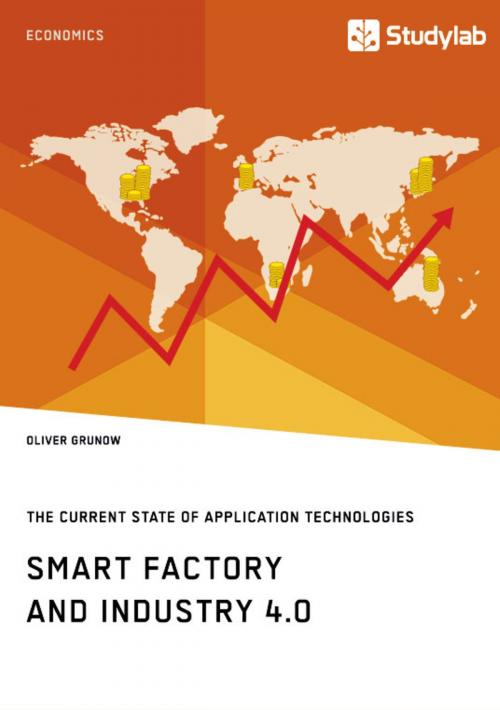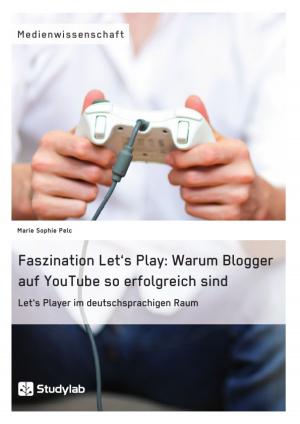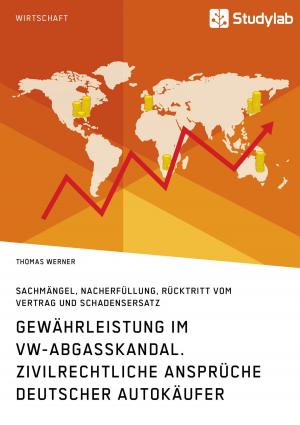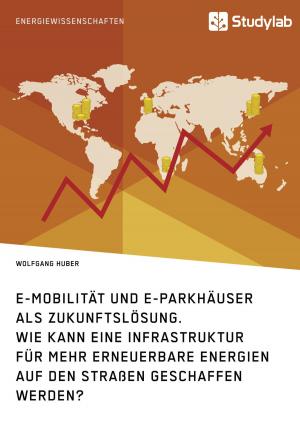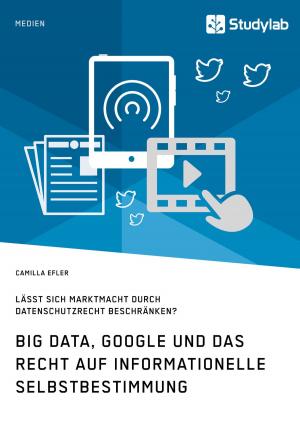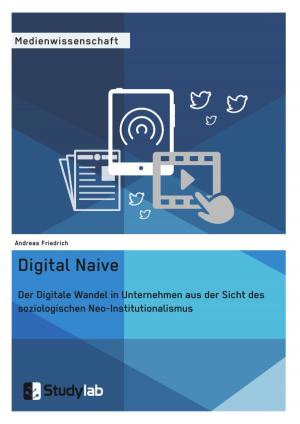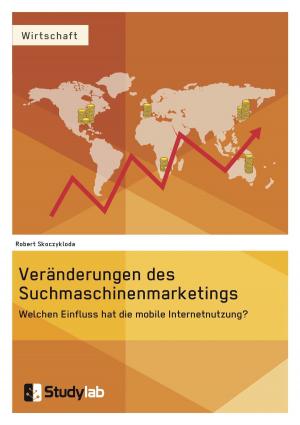Smart Factory and Industry 4.0. The Current State of Application Technologies
Developing a Technology Roadmap
Business & Finance, Management & Leadership, Production & Operations Management| Author: | Oliver Grunow | ISBN: | 9783668271043 |
| Publisher: | Studylab | Publication: | August 8, 2016 |
| Imprint: | Studylab | Language: | English |
| Author: | Oliver Grunow |
| ISBN: | 9783668271043 |
| Publisher: | Studylab |
| Publication: | August 8, 2016 |
| Imprint: | Studylab |
| Language: | English |
When is the Smart Factory ready? This question arises when dealing with the topics Industry 4.0., Internet of Things and Smart Factory. An approach is developed here to answer at least part of this question. A systematization of numerous concepts and terms with similar uses is required. The Smart Factory, based on the technological Cyber-Physical Systems, is an element in a network of several Smart Factories, where the vision of Industry 4.0 is finally realized through industry-wide interconnection. The Smart Factory and its Cyber-Physical Systems possess new technological capabilities including a capability of comprehensive intuitive and multimodal Human-Machine Interaction. This new form of interaction is particularly emphasized in the Smart Factory. After the failure of the CIM-concept the design of the future factory is tending towards a human-centered solution. The initial question is applied to this aspect of the Smart Factory here. Furthermore, production logistics, which complete fundamental tasks in manufacturing, are taken into account. The technological readiness of a selection of application technologies realizing the new form of interaction is examined. The application technologies considered comprise three wearable technologies, those being the Mobile Device, Smart Glasses and the Smart Watch as well as three recognition technologies: Speech Recognition, Gesture Recognition and Gaze Recognition. An expert survey is carried out in order to answer the following expedient questions: estimates as to the future relevance of the selected application technologies, the required technological capabilities, up-to-date technological challenges, and respective solution approaches, as well as a final estimate of the point of technological readiness. The results are summarized and visualized in a Technology Roadmap. Content: - The Smart Factory, Internet of Things and Industry 4.0. - Smart Glass, Smart Watches and Mobile Devices - Human-Machine Interaction - Technology Roadmap and Recommendations - Challenges and Solutions - Expert Survey
When is the Smart Factory ready? This question arises when dealing with the topics Industry 4.0., Internet of Things and Smart Factory. An approach is developed here to answer at least part of this question. A systematization of numerous concepts and terms with similar uses is required. The Smart Factory, based on the technological Cyber-Physical Systems, is an element in a network of several Smart Factories, where the vision of Industry 4.0 is finally realized through industry-wide interconnection. The Smart Factory and its Cyber-Physical Systems possess new technological capabilities including a capability of comprehensive intuitive and multimodal Human-Machine Interaction. This new form of interaction is particularly emphasized in the Smart Factory. After the failure of the CIM-concept the design of the future factory is tending towards a human-centered solution. The initial question is applied to this aspect of the Smart Factory here. Furthermore, production logistics, which complete fundamental tasks in manufacturing, are taken into account. The technological readiness of a selection of application technologies realizing the new form of interaction is examined. The application technologies considered comprise three wearable technologies, those being the Mobile Device, Smart Glasses and the Smart Watch as well as three recognition technologies: Speech Recognition, Gesture Recognition and Gaze Recognition. An expert survey is carried out in order to answer the following expedient questions: estimates as to the future relevance of the selected application technologies, the required technological capabilities, up-to-date technological challenges, and respective solution approaches, as well as a final estimate of the point of technological readiness. The results are summarized and visualized in a Technology Roadmap. Content: - The Smart Factory, Internet of Things and Industry 4.0. - Smart Glass, Smart Watches and Mobile Devices - Human-Machine Interaction - Technology Roadmap and Recommendations - Challenges and Solutions - Expert Survey
